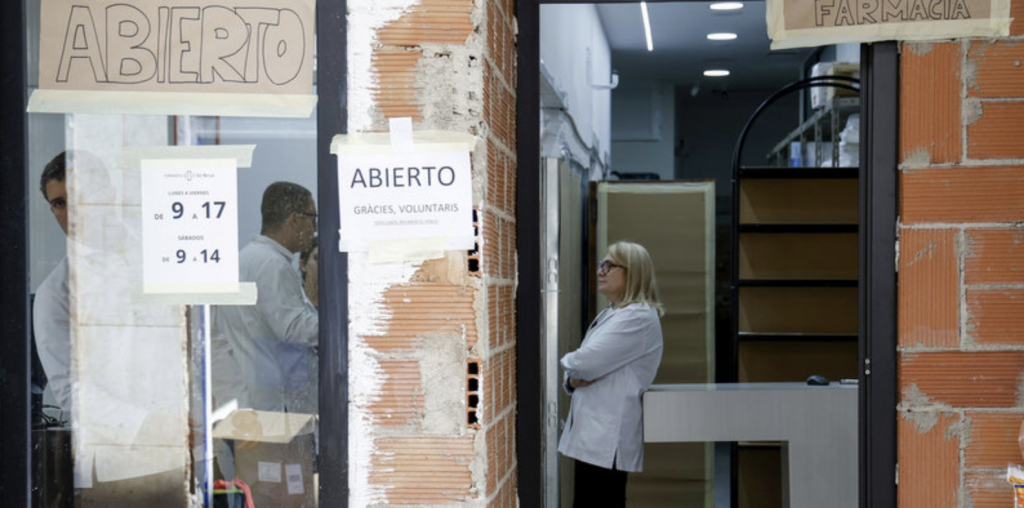I’ve been hearing for decades that small retail is dying.
In the ’90s, for example, people said shopping malls were the future and neighborhood shops would disappear. That we’d all drive our pickup trucks or SUVs to do the monthly shop at the mall—and hang out there, since parking wouldn’t be a problem and everything would be inside, even movie theaters. But no. In the end, a mall’s worst enemy turned out to be a new mall, with more screens and wider seats. Urban small retail, however, survived.

In 2009, with the financial crisis, everything big either collapsed or had to be bailed out. When small businesses survived, they did so without aid. Many saw their cards and lines of credit canceled and turned into debt. Banks and savings banks, without a genuine service mission, made things worse. Everyone saw shuttered storefronts, and the papers spoke of imminent retail desertification. Yet Barcelona, like other Catalan capitals, kept commercial occupancy above 80%. Many unemployed people used their lump-sum unemployment payout to open small businesses, and quite a few investors took advantage of low property prices to enter the retail-space market. That adaptability was key.
In 2020, with the post-pandemic crisis, it seemed online commerce would finally erase the physical shop. But again—no. Various online platforms that fancied themselves major players, including one that billed itself as the “Catalan Amazon,” disappeared. And small retail came back strong. Today, Barcelona maintains 80% commercial occupancy, a pre-pandemic level.
So what’s the problem? Why do we treat small retail as a passive victim of every crisis? We misunderstand how it works and the role it plays. Small retail is countercyclical, not pro-cyclical.
Every time the media announces a crisis, everyone looks at retail and sees shuttered doors. But it’s often small retail that acts as a stabilizer.
With all this DANA, do you want to know the unmistakable sign that things are returning to normal? Exactly: commerce and hospitality lifting their shutters again, as if nothing had happened—acting like an anticyclone that dissipates the storms.
P.S.: Barcelona has 80% occupancy of commercial premises—like Paris—and not 90% like Manhattan or London, as the latest report published by the city council suggests. Eighty percent is perfectly good, and there’s no need to kid ourselves.
